“I want the other one!” What you need to know about tantrums
- Social & Emotional,
- Parenting Tips,
- Supporting Emotions,
- Parenting,
- Toddlers

When we think about tantrums, we often imagine difficult moments that can feel challenging for parents, and we can sometimes have a negative view of this aspect of development. Although we all agree that our children’s tantrums can be difficult for us as parents, we think that this period of development is positive and shows us some really important steps in our children’s development. In this blog, we will look at what is happening for your child when they have a tantrum, and how you can support them.
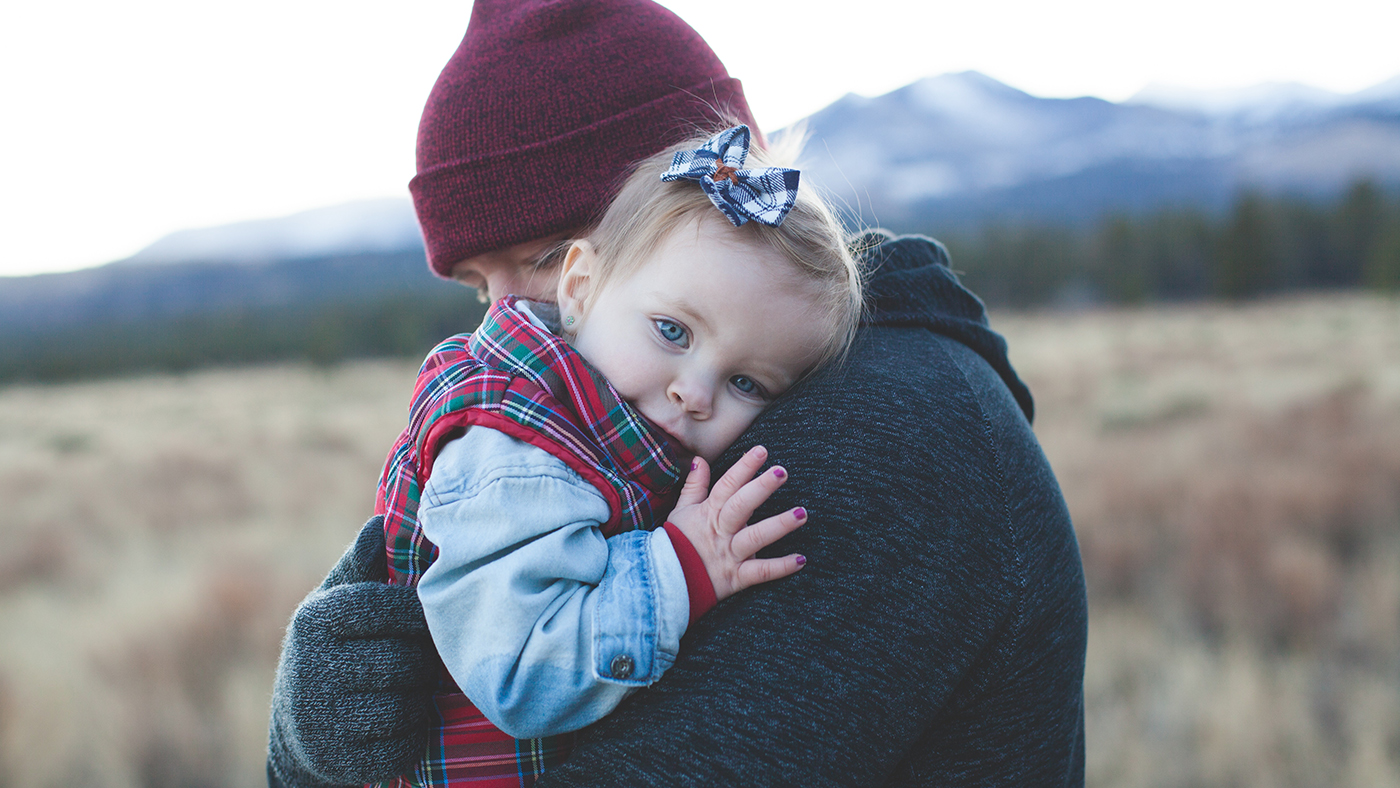
What is a tantrum?
My children are in their 20s now, but I still have clear memories of a tantrum about a particular pair of shoes. One of those situations where when I thought about it afterwards, I wondered why I decided to insist on those shoes and not just let my daughter wear the other pair. I think if you speak to any parent who is able to be honest about their experiences, we would all have a tale to tell about a tantrum or several.

Tantrums are often described as some sort of attempt by a toddler to manipulate the people around them, or to ‘get their own way’.[1] This impression of young children assumes a level of understanding of the thoughts of others that they are very unlikely to have at this stage. This view of their behaviour, would require them to think about another person’s thoughts and plan their actions in order to change the other person’s point of view. When you think about it, if they had that level of understanding of other people’s thoughts your toddler would probably use a different approach to get the thing they wanted!
Tantrums are linked to your child’s growing sense of themselves as independent individuals, their desire to make their own choices and their growing cognitive skills. They are now able to imagine themselves having the item they want or doing the thing they want, and that desired item or action will become very important to them.
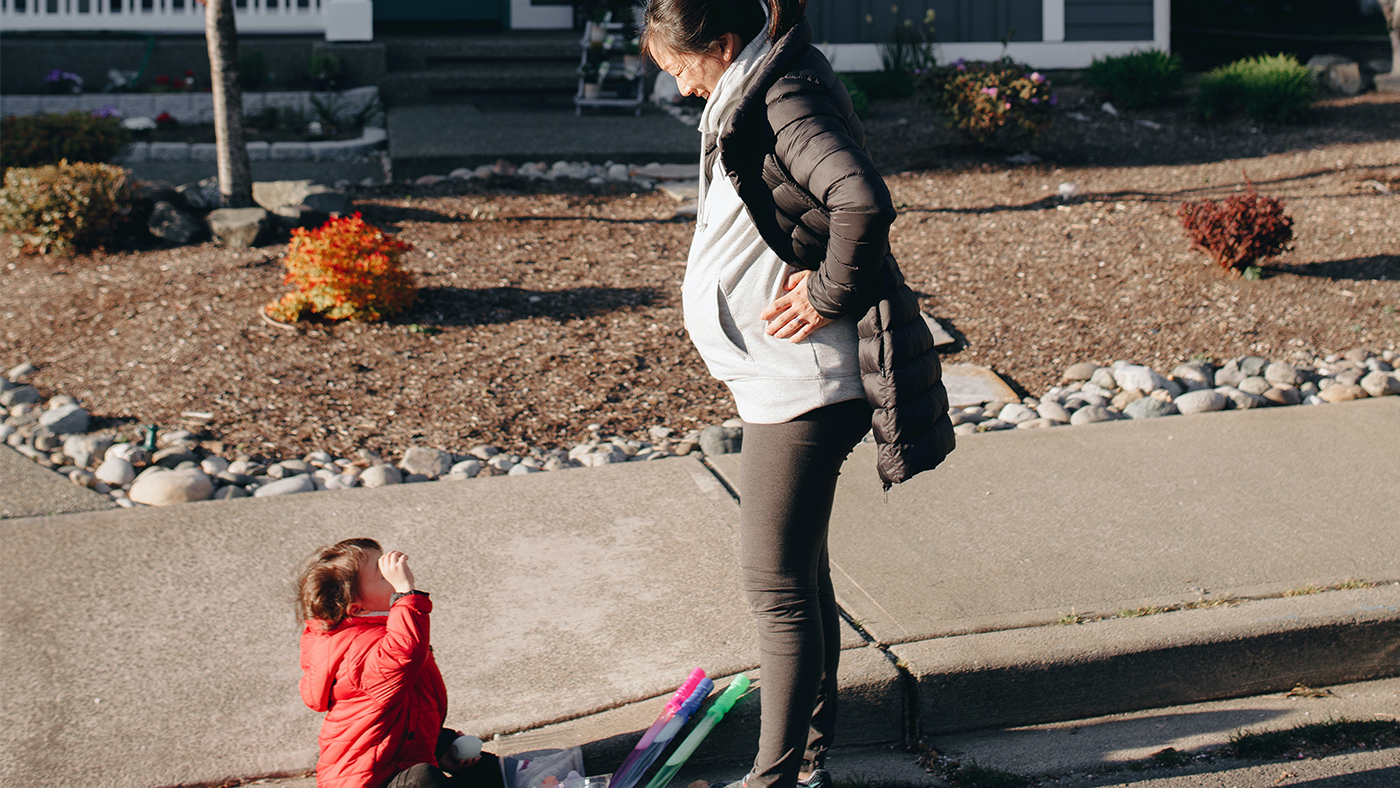
Although this period of your child’s development can feel hard at times, I found it quite exciting as it felt like the time where you started to see even more of your child’s unique personality and interests. However, despite this amazing progress, your child’s brain is still developing. Their ability to control their inhibitions, plan and think through what they are going to do, and the consequences of their actions is still developing. This leads to your child being able to imagine themselves with the thing they want, but not being able to think about why that is not possible at that moment.
Tantrums develop at first as your child experiences anger, which overwhelms them quickly, before more slowly developing sadness or distress becomes the main emotion driving their behaviour. Your child might hit out and kick, shout and scream and then cry.[2] Their emotions are overwhelming them and some researchers suggest that children experience anxiety or panic as they become aware that they do not have control over their emotions which might contribute to their tantrum behaviours.[3]
So, rather than a planned attempt to manipulate those around them a tantrum for your toddler is the experience of being overwhelmed by their emotions, which for them might feel quite scary.
What can I do to help my child?
If you have ever tried to reason with your toddler during a tantrum you have probably realised that trying to reason with them at that moment does not necessarily help them. Some researchers suggest that when parents speak to their child during a tantrum this can strengthen the child’s focus on the cause of the tantrum and this might prolong the tantrum.[3]
There are some things that you can do to support your child during this period of their development. It might be helpful to think about these things in terms of things you could do before or to prevent tantrums, what you might do during and what you could do after.
Remember when we talk about preventing tantrums, there are some things that you could think about but sometimes there is nothing you or your toddler can do to prevent a tantrum, then it is a case of thinking about what you might do during or after.
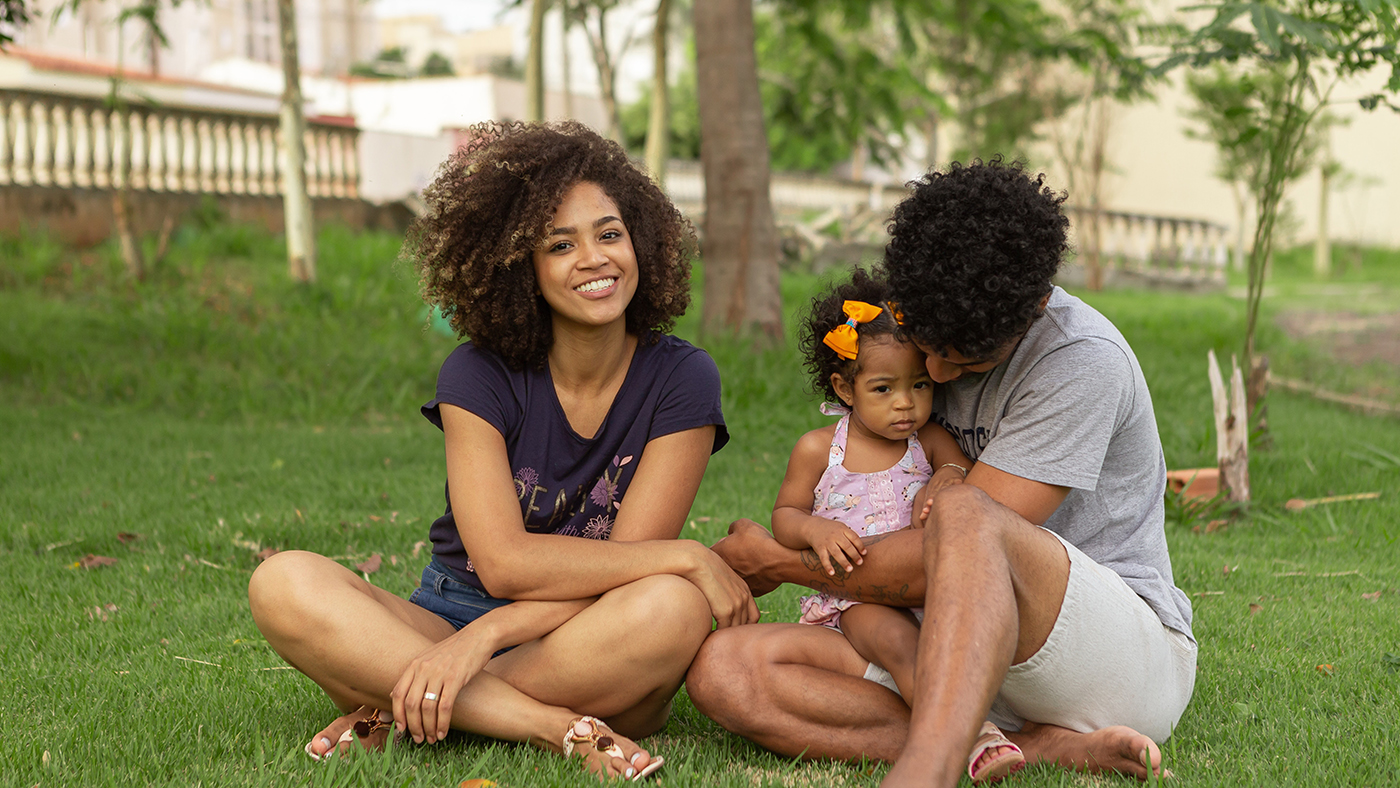
Preventing tantrums
- Notice if there is a pattern in terms of when they have a tantrum. Perhaps, they have more tantrums when they are tired or hungry, there might be situations in which you could prevent a tantrum by noticing how your child is feeling and suggesting a rest or some food. Also, think about if there is a pattern in terms of how you are feeling and when tantrums happen; you are human and sometimes might find it more difficult to give your child time to process the things you are telling them. Sometimes making sure you have time to rest and think so that you can give your child time and remain calm can help you to prevent tantrums.
- Offer a choice or distraction. Sometimes you might notice that your child is becoming frustrated and be able to offer an alternative or a distraction before they have a tantrum. However, there are times when you cannot offer another option or you do not realise what is happening until your child’s emotions are overwhelming them.
- Think about how you prepare your child to finish an activity, especially an activity they enjoy. You could use a timer on your phone to show them when it will be time to finish a favourite game. Also, think about which things you need to insist on and where your child can have a choice, they might need to hold your hand when walking along a busy street, but it might be fine to choose which of two tops they would like to wear.
- Have a fairly predictable routine and be as consistent as possible. A routine can help your child to feel secure, it can also help to avoid frustration as they know what is likely to happen next, for some children some simple pictures can help them to remember the routine and provide further reassurance about what is going to happen next.
During a tantrum
- Keep calm, this is difficult for parents especially if your child has a tantrum in public as you might experience a mixture of emotions yourself. You might feel embarrassed, angry or upset but remember most young children have tantrums and this is part of their development. Their tantrum is more likely to pass quickly if you remain calm and close, so your child has your reassuring presence as they calm.
- Comment on how your child is feeling, some researchers suggest that talking about the thing your child wanted to have or do might prolong a tantrum as this maintains their focus on that item or activity. However, research has found that tantrums tend to reduce as children’s language develops so it might be helpful to gently comment on how your child is feeling. Be responsive to your child, it might be clear that they need your quiet reassurance rather than comments at first.
- Stick to what you said, if the tantrum began because you said your child could not have or do something maintain that boundary. As your child develops you could involve them more in agreeing and understanding the boundaries or limits that you have in place. This can be a useful skill for your child as, although it seems a long way off now before you know it you will have a teenager who needs to make their own choices when you are not with them.
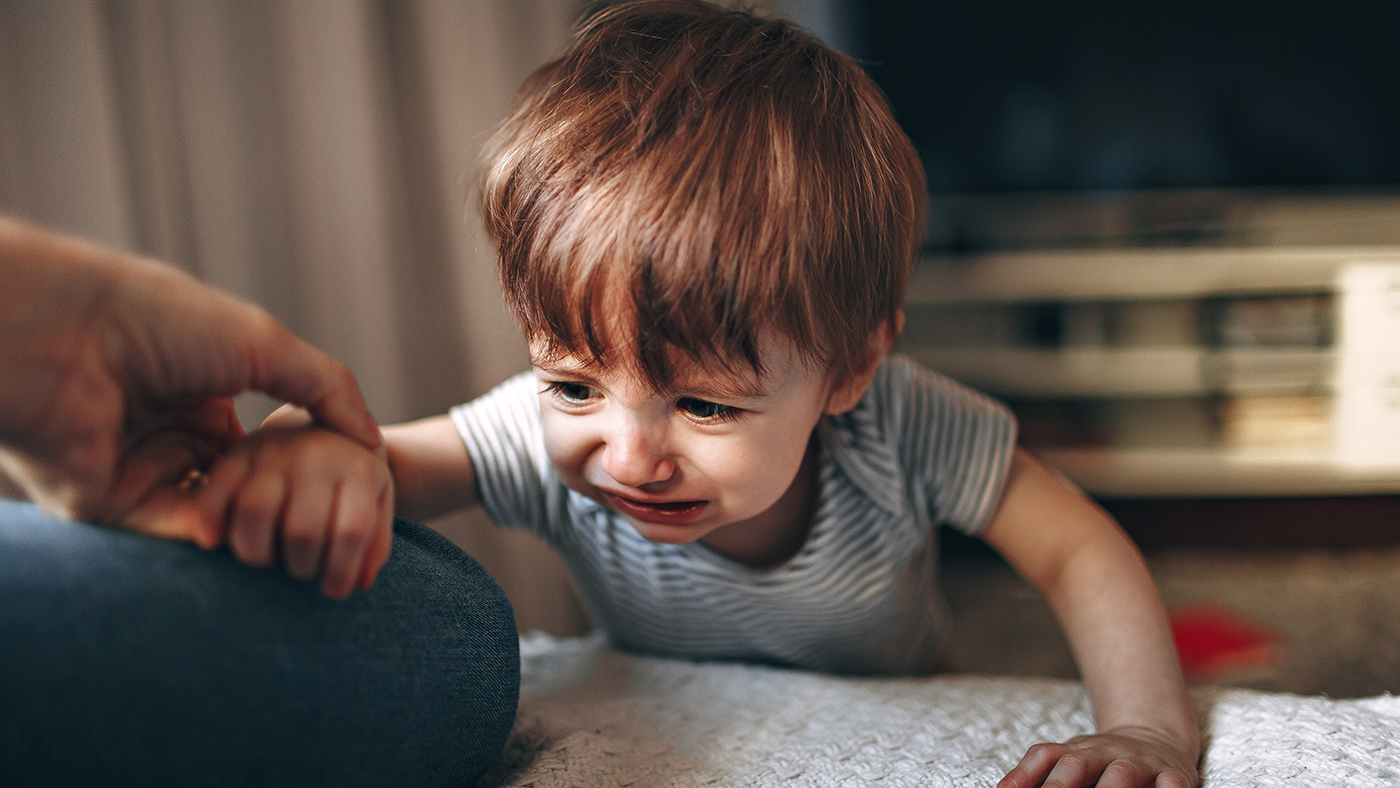
After a tantrum
- Don’t punish your child for having a tantrum, they were overwhelmed at that moment, leading to anger and distress. They were not able to control their response so a punishment or consequence would not support them to do anything differently next time. However, knowing you continue to love them and will support them with these big emotions will help them to develop emotional regulation as their brains develop.
- When your child is calm talk about what you might do next. Your child might want a hug or to spend some time with you. It might be helpful to talk about what happened in a way that is appropriate for your child’s current understanding. It might be as simple as saying, “You really wanted the blue one didn’t you. Sometimes it feels like nothing is quite right. Next time I could wait and you show me which one you want.” It might be that you could not do anything differently next time because the tantrum was a result of you stopping your child from doing something dangerous. You might say, “I need to keep you safe, so I cannot let you run ahead when we are on a busy road.” After a tantrum, you are reassuring your child that they are loved and that everyone feels angry, sad or disappointed sometimes and that’s ok.
- Remember to look after yourself. Remember to give yourself time to calm too, tantrums are difficult for your child but can also be difficult for you.
- If your child has very frequent or extreme tantrums, you might want to speak to a health or childcare professional. Your child might be finding some aspects of the world around them overwhelming at times and if you have any concerns of this nature it might be helpful to chat to someone else about them.
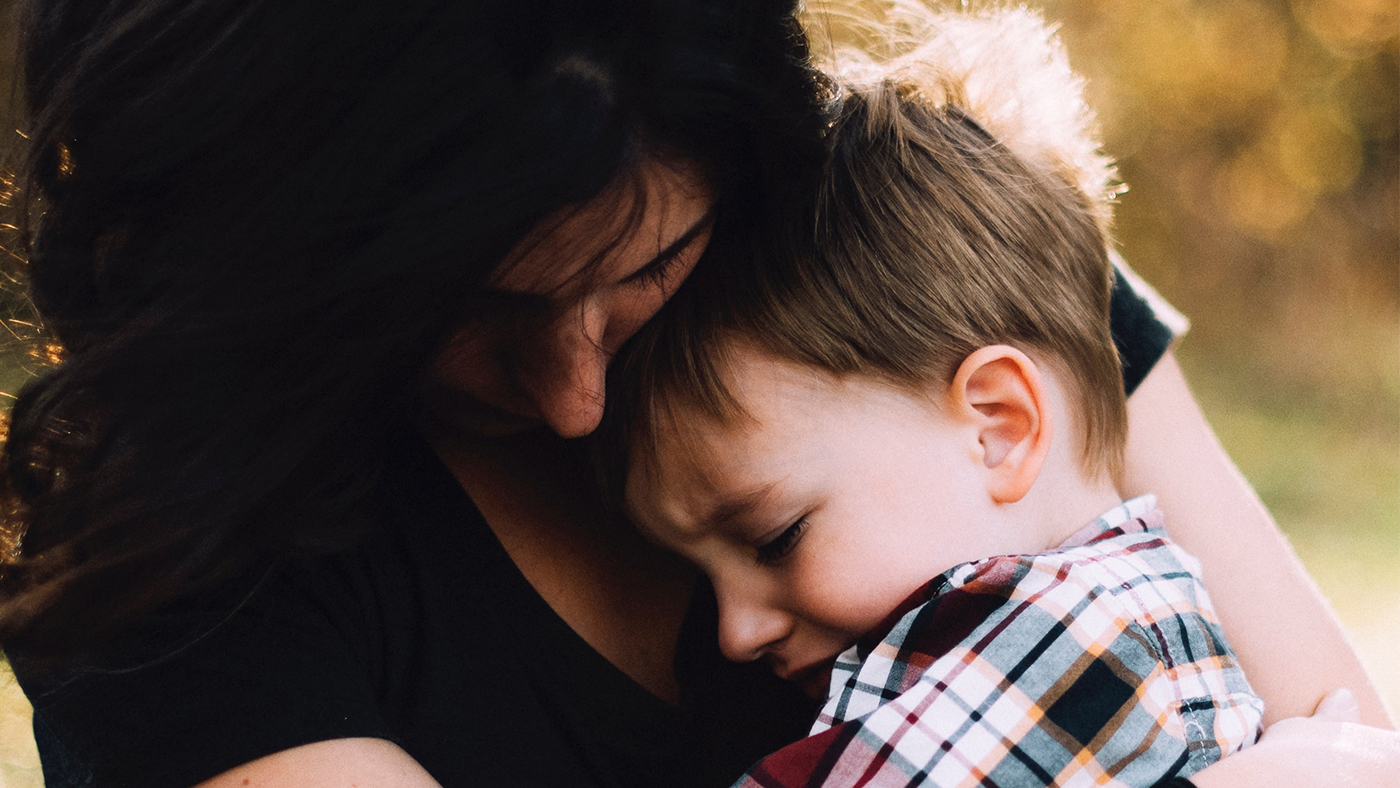
You can read more about how your child’s brain development and behaviour are linked in our blog, 'Your child is really just a cave person - but cuter!' (mffy.com). You can also learn more about how choices may impact tantrums in our blog post, 'Choices for Children' (mffy.com).
Our app will help you to notice and celebrate your child’s development as they master skills in our six streams, including social and emotional development. You will see how your child develops their understanding of themselves and others and we give ideas to help you to support their development.
References
[1] Addyman, C (2020). The laughing baby: The extraordinary science behind what makes babies happy. London: Unbound.
[2] Potegla, M. & Davidson, R.J. (2003). Temper tantrums in young children: 1. Behavioral coposition. Developmental and Behavioral Pediatrics, 24, (3) 140-147
[3] Potegal, M., Kosorok, M.R. & Davidson, R.J. (2003) Temper tantrums in young children: 2. Tantrum duration and temporal organization. Deevelopmental and Behvioral Pediatrics, 24 (3) 148-154.
© Copyright 2022 My First Five Years Ltd.